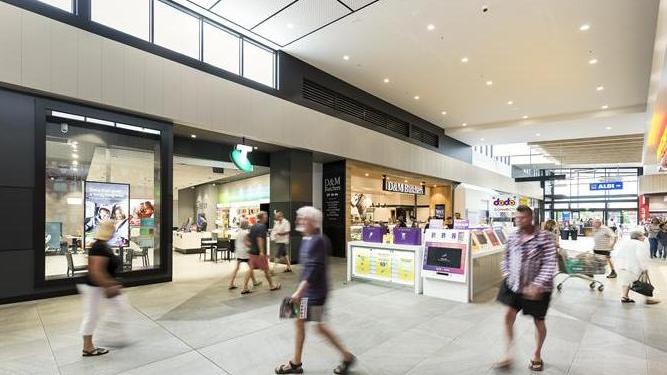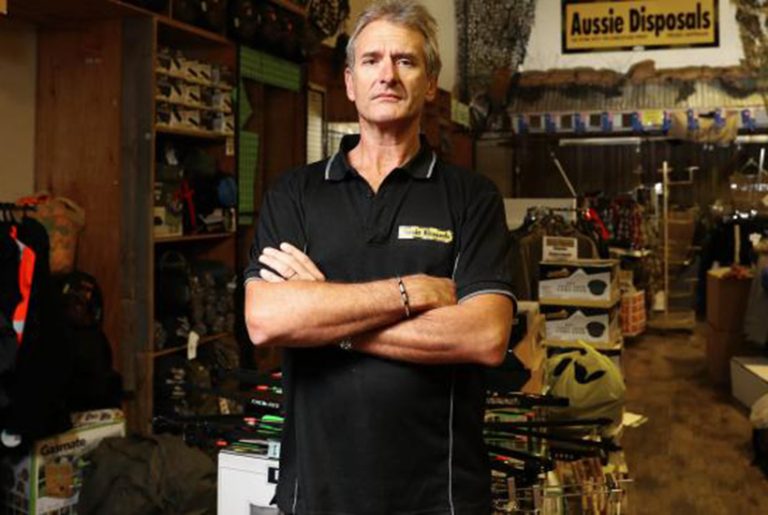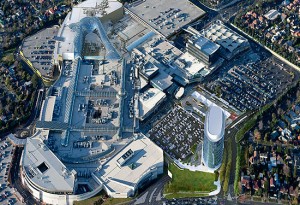We are about to enter a new phase in the coronavirus pandemic. Up to this point the only data we’ve had to measure the impact of the coronavirus has been the daily counts of infections, recoveries and deaths.
But from next week, other metrics will be steadily released by the Australian Bureau of Statistics.
However, the reason why this particular upload is different, and why it symbolises a shift in the pandemic’s phases, is that it will deliver figures that will crack the air like thunder and reverberate across the continent.
That figure is the unemployment rate at March 31.
The previous iteration of Labour Force Australia (March 19) showed an unemployment rate of 5.1% at February 29 just before the pandemic “took off”. I suspect the March jump will be the largest in this series’ history. The question is whether it will be catapulted into the double-digit stratosphere.
READ MORE: Coronavirus commercial property news
This will be the first non-medical damage report on the economy caused by the virus. Then, at roughly the same time every month thereafter, updates will track the knock-on effect on businesses and jobs.
Then, on May 6, the ABS will release another of its regular documents, Retail Trade, which tracks retail sales (or turnover) by shop type (food retailing, department stores, cafes and restaurants) for March, with a comparison with sales in March the previous year.
February retail sales were limp — up less than 1% over the previous year.
Outside December, Australian retail sales average about $28bn a month. It is likely that food retailing in March will have skyrocketed (for supermarkets) while turnover for cafes and restaurants (and others) will have plummeted.
Business wants to know the impact on each part of the retail industry. May’s bulletin will put numbers on the March impact.
Then on May 15 comes Overseas Arrivals and Departures for March. In January 789,000 short-term visitors (tourists) and 969,000 returning Australians arrived in Australia. These raw figures for March (compared with March the previous year) will show the impact of the virus on aviation, tourism and education.
In early June the ABS will release National Accounts including an estimate of gross domestic product for the March quarter. Of recent times, Australia has delivered a GDP of just over $500bn each quarter or more than $2 trillion per year.
The shutdowns only really affected the latter part of March, so the full impact of the virus on GDP will not be reflected until data for the June quarter is out in September.
On June 25 the ABS will release what I regard as the most telling damage report on the effects of the shutdown. This is a quarterly survey of employment across 426 occupations including 148,000 baristas and cafe workers at last count. The previous edition of this document (April 19) captured the state of the workforce on February 29. The June edition will do the same for May 31.
The difference between the February and May employment numbers will expose the effects of the coronavirus shutdowns on the workforce. It is likely that a large proportion of the barista workforce was wiped out by the coronavirus meteorite.
Bear in mind that in between these data gems the ABS releases monthly estimates of unemployment and retail sales.
Just as the occupational data will show a surge in some areas (logistics, healthcare) and contraction in others (cafe workers), the same logic applies in retailing (food up versus department stores down).
In both cases the ups will be more than offset by the downs.
In December, hopefully when things are more or less fully operational, the ABS will release Demographic Statistics, which tracks the quarterly movement of the population resulting from natural increase and net overseas migration.
The December document (publishing June quarter data) will show the extent to which the coronavirus negatively affected net overseas migration. As a point of reference, for the September 2019 quarter, net overseas migration was 63,000 or almost two-thirds of Australia’s annual growth.
Travel shutdowns plus a rising unemployment rate will reduce immigration, slow the rate of population growth, and stifle demand for housing.
In August next year the ABS will run its five-yearly census, the full results of which will not be available until November 2022.
At the 2016 census 5% of the workforce reported they worked from home on census day, largely unchanged since 2001. However I think that has now shifted to the extent that the 2021 census could record, say, 10% of the workforce working from home.
If so, this would be good news for those selling home office supplies. It might also begin to affect the shape of housing.
The effects of the coronavirus on business activity will be captured by the ABS in Counts of Australian Businesses, where June 2020 figures are published in February 2021.
Again as a point of reference, there were 2.4 million businesses in Australia ranging from the likes of BHP to milk bars at June last year, up 62,000 net new businesses over the previous 12 months. This document will show how many businesses were vaporised when the corona meteorite landed.
For six weeks after initial impact of this meteorite, we’re in a complete state of shock counting the sick and the dead.
But thereafter comes the steady phase where the work of the bureau of statistics tells us precisely where to begin the task of building a stronger, a more resilient and a more productive Australia.
Bernard Salt is managing director of The Demographics Group.
This article originally appeared on www.theaustralian.com.au/property.








